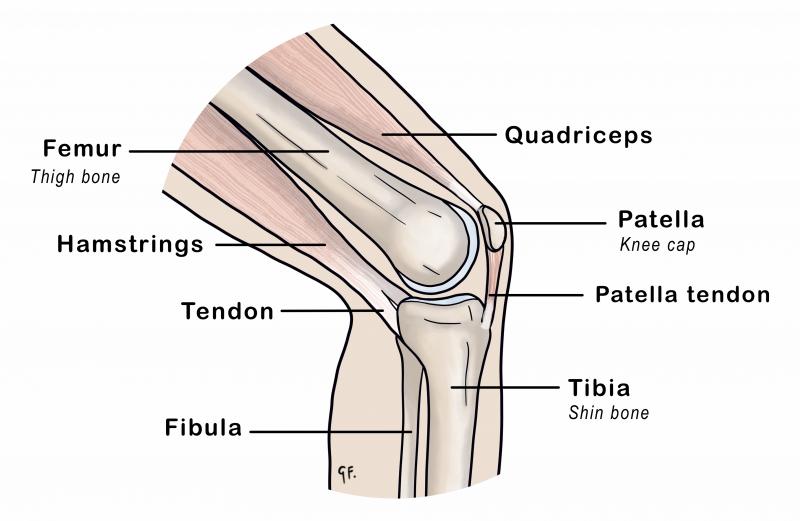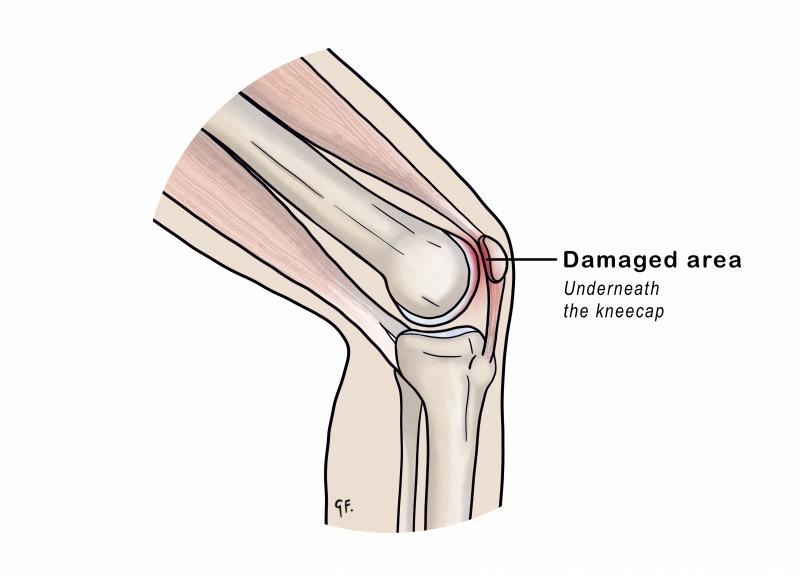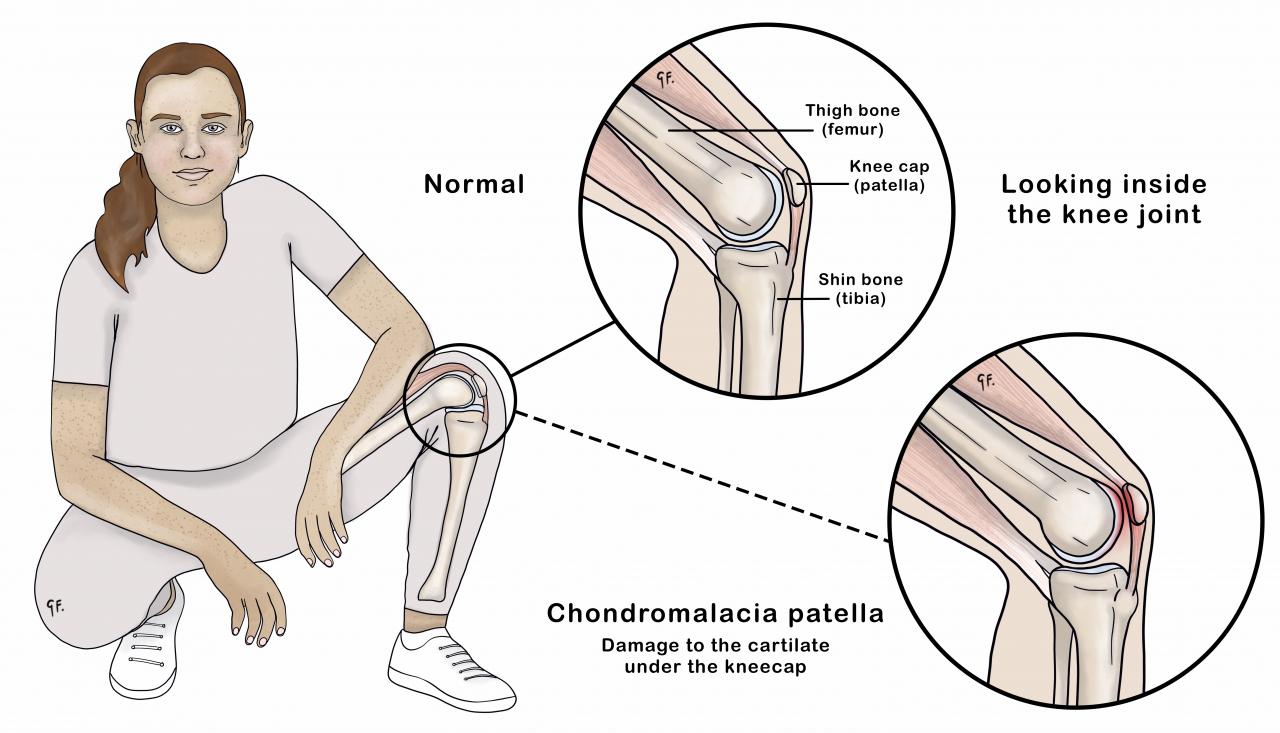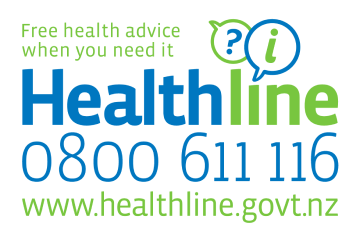Chondromalacia Patella (Runner’s Knee)
Chondromalacia Patella (Runner’s Knee)
Chondromalacia patella, often referred to as 'runner's knee', causes pain in the knee. It is common in tamariki (children) and rangatahi (young people).
Key points about chondromalacia patella in children
- chondromalacia patella is a condition that affects the cartilage under the kneecap
- it is common in tamariki and rangatahi
- It causes pain in the knee
- rest, ice, pain medicine and physiotherapy can all help manage chondromalacia patella
What is chondromalacia patella?
Chondromalacia patella happens when the protective covering (cartilage) on the underside of the kneecap softens and breaks down. This can result in pain and swelling in the knee. It may cause your child to have difficulty with activities that involve bending the knee, such as running, jumping, or climbing stairs.
A bit about the knee
The knee is the largest and strongest joint in the body. It includes the:
- thigh bone (femur)
- upper end of the shinbone (tibia)
- kneecap (patella)
Muscles, ligaments and tendons around the knee act like strong ropes to hold the bones together.
The below illustration looks at the parts of the knee joint.

The illustration shows the area of the knee that is damaged in chondromalacia patella.
Who gets chondromalacia patella?
While chondromalacia patella is more common in rangatahi, it can occur in tamariki as well. It is most common in female rangatahi.
Factors that may lead to your child getting chondromalacia patella include:
- rapid growth
- overuse of the knees in sports or physical activities
- abnormal movement of the knee joint
- muscular imbalances
- having knock-knees
- having flat feet
What are the causes of chondromalacia patella?
Chondromalacia patella can be caused by a variety of factors. It is usually related to overuse of the knee, poorly aligned muscles and bones around the knee joint and injury.
Overuse of the knee
Overuse or repetitive stress on the knees can lead to chondromalacia patella. Especially if your child plays lots of sports that involve running, jumping, or twisting motions.
Muscle imbalances
Chondromalacia patella can happen when there is an imbalance of the muscles around the knee (some muscles are weaker than others). This may cause the knee cap to be out of alignment when the knee moves.
Injury
An injury to the knee, such as a fracture or dislocation of the kneecap, may lead to chondromalacia patella.
When should I take my child to see a health professional?
If your child experiences ongoing knee pain, swelling, or difficulty with activities that involve bending the knee, see a healthcare professional.
See a health professional urgently if your child:
- is refusing to put weight on their leg
- has a fever with swelling around the knee
- has pain in their leg at night for more than 3 nights
There are lots of differenct causes of knee pain in tamariki and rangatahi. Seeing a health professional helps to work out what is causing your child’s pain.
See the KidsHealth page on knee pain in children to learn about other causes
Will my child need any tests?
A health professional may diagnose chondromalacia patella after talking to you about your child’s symptoms and examining their knee. The health professional may arrange an x-ray for your child if needed.
See the KidsHealth page on x-rays for more information.
What are the treatments for chondromalacia patella in children?
Treatment for chondromalacia patella in tamariki may include a combination of things.
Rest
Encourage your child to limit any activities that hurt their knee. Especially high-impact exercises that put lots of strain on the knee.
If a certain sport or activity gives them knee pain, limit the activity or get them to stop until they are pain-free - this may take a few days to weeks. Remind your child not to overdo it when they are being active.
Ice
Putting an ice pack on the knee, especially after activity, can help reduce pain.
Physiotherapy
Physiotherapists will give your child stretching and strengthening exercises. These will help strengthen the muscles around the knee and improve flexibility. A physiotherapist can help to check the kneecap is moving in the right way when your child bends their knee.
Orthotics
A physiotherapist may recommend orthotics for your child. An orthotic is an insert that goes inside the shoe. Orthotics help keep the foot in the right position to support the knee.
Pain relief
Paracetamol
If your child has pain, you can give paracetamol to make them more comfortable. You must follow the dosage instructions on the bottle. It is dangerous to give more than the recommended dose.
Other medicine
If your doctor gives your child ibuprofen (such as Nurofen or Fenpaed), or if you buy it at the pharmacy, follow the dosage instructions carefully. It is dangerous to give more than the recommended dose. Never give your child aspirin, as this may increase the risk of Reye syndrome, which is a rare and serious illness.
Surgery
In severe cases, when other treatments haven’t helped, surgery may be considered to repair or realign the kneecap.
What can I do at home to help my child with chondromalacia patella?
Here are some things you can try at home to help manage your child’s knee pain.
Monitor their activity
Ensure your child gets enough rest and avoids activities that worsen knee pain. Help them slowly return to physical activities as their symptoms improve.
Prepare before activities
You can help your child prepare themselves before sports or activities. This includes making sure they have the right shoes for that activity. Also, encouraging them to stretch before and after any sports or activities can help.
Exercises
The physio or health professional may give your child exercises to help strengthen the muscles around their knee joint. Encourage your child to do these regularly and build them in to their routine.
This page last reviewed 08 July 2024.
Do you have any feedback for KidsHealth?
If you have any feedback about the KidsHealth website, or have a suggestion for new content, please get in touch with us.
Email us now
